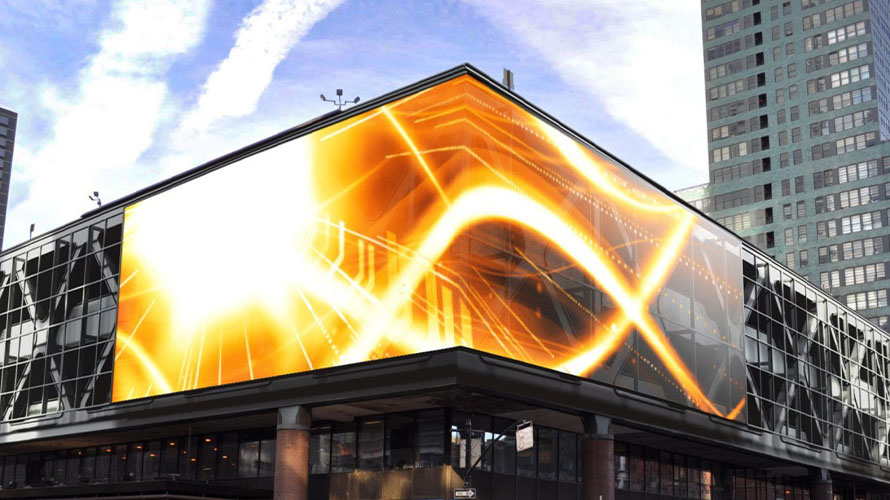Light Emitting Diode display panels have secured traction for their capacity to deliver crisp visuals in various settings, from professional environments to entertainment venues. One of the most significant aspects of these systems is their interface capabilities, which allow users to connect them to multiple devices and systems. Understanding the broad input options supported for Light Emitting Diode wall panels is vital for enhancing their use and effectiveness. This article explores these options, highlighting how they can cater to various needs and preferences.

One common interface approach for LED wall panels is High-Definition Multimedia Interface. High-Definition Multimedia Interface is widely recognized for delivering crisp video and audio signals between devices. This interface type is especially beneficial in business settings, such as meeting spaces or classrooms, where presentations or video content are often displayed. By using digital connectors, users can easily connect laptops, projectors, and streaming equipment to LED wall panels, ensuring a sharp and dynamic display of information.
Another popular interface method is DisplayPort, which is similar to High-Definition Multimedia Interface but offers enhanced advantages. DisplayPort can support elevated refresh rates and resolutions, making it an ideal choice for interactive media or graphic-intensive applications. For those deploying Light Emitting Diode wall panels in settings where performance is critical, such as competitive gaming venues or creative workspaces, DisplayPort can provide the required visual quality. Additionally, many modern computers and graphics cards include Display Port connections, making it a practical option for tech-savvy professionals.
In contrast to High-Definition Multimedia Interface decorative led wall panels and DisplayPort, wireless transmission methods are becoming increasingly prevalent in LED wall panel solutions. Cable-free interfaces allow users to transmit content without the need for physical cables, promoting a streamlined and more adaptable configuration. Technologies such as Wi-Fi and Bluetooth enable users to link smartphones, tablets, and laptops seamlessly to Luminescent Diode wall panels without tangled wires. This convenience is especially beneficial in dynamic environments like exhibitions or live functions, where rapid adjustments to displays are often required.
For extensive installations or more complex setups, network connectivity through wired networking is another reliable solution. Ethernet connections provide a stable and robust way to integrate multiple LED wall panels within a network. This setup is suitable for electronic display use cases found in retail centers or transport hubs, where numerous panels may need to display synchronized content across a wide area. By using network cabling and routing hardware, users can ensure that all connected panels receive consistent updates and information seamlessly.
Lastly, it's crucial to evaluate the evolution of interface technology with advancements such as Universal Serial Bus-C and Thunderbolt Three. These next-generation interfaces offer enhanced data transfer rates and flexibility by allowing one connector to handle both energy transfer and data transmission. As more systems incorporate these standards, LED wall panels equipped with USB-C ports will customized lighting solutions likely become more common. This shift in connectivity not only enhances the functionality of LED wall panels but also aligns with the growing trend of minimalism in technology setups by minimizing the number of wires required.
In summary, examining the broad connectivity options available for LED wall panels reveals many possibilities for users across various fields. From traditional methods like HDMI and DisplayPort to modern wireless solutions and network connections, each option serves specific functions suited to distinct needs. Furthermore, emerging technologies like Universal Serial Bus-C promise further developments in how professionals utilize Luminescent Diode wall panels. By understanding these connectivity choices, individuals can make informed decisions that enhance their overall engagement with these versatile display tools.